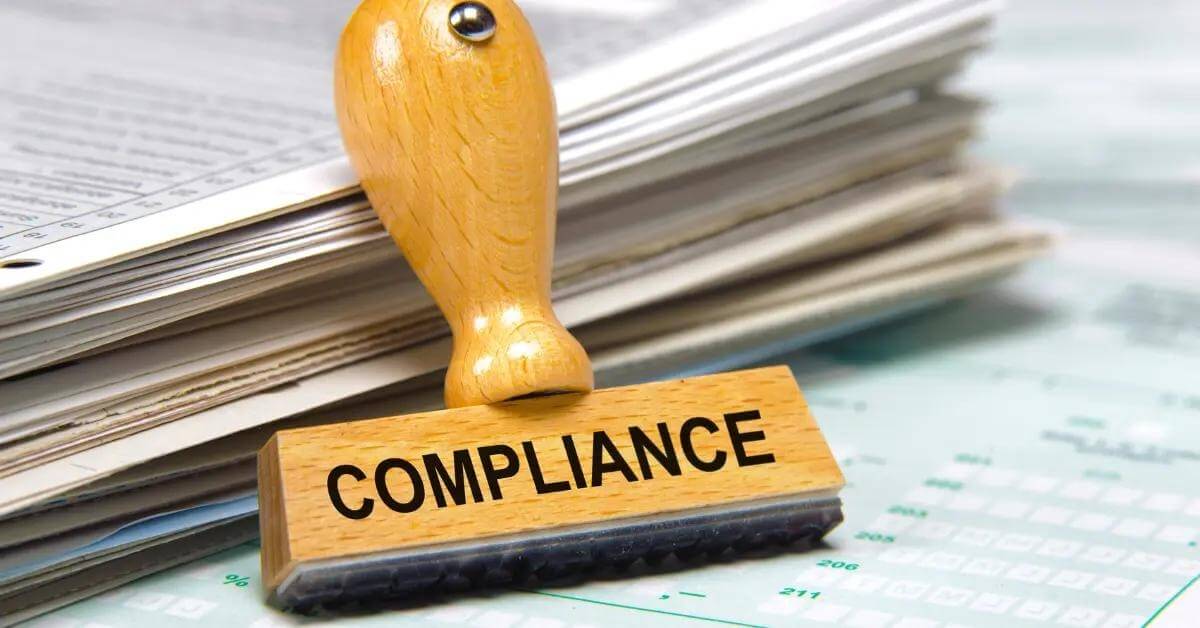It is not always clear which tax breaks you qualify for when you have children or are caring for other dependents. Two important credits that every caretaker must know about are the child tax credit (and dependent credit) and the child and dependent care tax credit. Though they have similar names, the latter credit is claimed by taxpayers who had to pay for care costs for dependents while they worked or actively looked for work.
Tax laws change every year, and new legislation in 2020 has made it even more challenging for many Americans to understand their taxes. This guide will cover the basics of the child tax credit, how it differs from the child and dependent care tax credit, and how to qualify for each.

What Is the Child Tax Credit?
The child tax credit aims to help families substantially reduce their tax bill each year. Here’s what you need to know about it:
- This particular credit is for up to $2,000 per child each year.
- A qualifying child must be 16 years old or younger at the end of the calendar year for which taxes are being filed.
- In addition to the standard child tax credit, there is a $500 credit for qualifying dependents who are not your children.
- Note that up to $1,400 of this tax credit is refundable, so your tax bill could be reduced to zero and you would still get a refund on what is leftover.
- Unfortunately, the $500 dependent credit is nonrefundable.
When completing your 2020 taxes, there are additional provisions related to the COVID-19 pandemic that you should be aware of. You can use either 2019 or 2020 income to calculate the tax credit, whichever will get you the largest tax break. Make sure to talk through these options with a tax professional.

How to Qualify for the Child Tax Credit
Income
Adjusted gross income (AGI) must be under $400,000 for taxpayers who are married filing jointly. For all other filers, income must be under $200,000.
Child Support Provided
Taxpayers must have provided at least half of their child’s support in the applicable tax year and the child must have lived with the taxpayer for at least half of the year to claim this credit.
Child’s Age
Relationship to Child
Dependent requirements
Citizenship
The IRS offers a questionnaire tool to help determine whether your child or dependent qualifies for the credit. All you need is your filing status and dependent information to use the tool, and it only takes about 10 minutes.
This can be a great place to start if you’re unsure about your eligibility. A qualified tax expert can help answer any other questions about the tax credit and make sure you get the most out of your return.

What are the Requirements for the Child and Dependent Care Tax Credit?
The Child Tax Credit is not the only current benefit for parents and caregivers, however. You may also be eligible for the child and dependent care tax credit. This credit is available to taxpayers who paid expenses for child or dependent care so they could work or actively look for a job. It is a percentage of the expenses paid to a care provider and depends on AGI.
Here are a few important points to note about this care tax credit:
1. Filing Status
2. Expense Limit
3. Qualifying Dependents
4. Location and Scope of Care
5. Care Provider Information
Taxpayers must also report the person responsible for providing the care on the tax return, including their name, address, and taxpayer identification number. The care provider is the person or organization who was paid for the care of a child or dependent. You cannot claim this credit for payments to care providers if they are a spouse, a parent of the dependent child, a dependent listed on your tax return, or your child who is 18 or younger, even if they are not listed as a dependent on your return.
The child and dependent care tax credit can get taxpayers 20% to 35% of up to $3,000 in the qualifying care costs mentioned above. This credit is nonrefundable, so it could reduce a tax bill to zero, but anything left over would not qualify for a refund.
These matters can become complicated fast. Always make sure to work with an experienced tax professional so you are fully aware of all requirements and obligations.

Get Help Claiming the Child Tax Credit in 2021
Navigating tax laws and credits can be burdensome and confusing, especially If you have children or dependents. If you’re not sure what you can or cannot claim on your 2021 taxes, talk to a tax professional who can make sure you get the best tax outcome for your specific situation.
The tax attorneys at Silver Tax Group will consult with you about any tax issue you may be facing. In addition to accounting and tax guidance, we provide tax court litigation and defense, tax debt resolution, tax fraud investigations, and more.
Contact Silver Tax Group to speak to a tax expert about the child tax credit and other credits related to your dependents.








